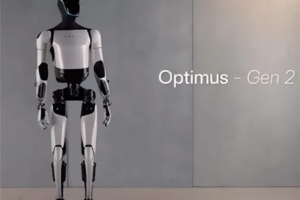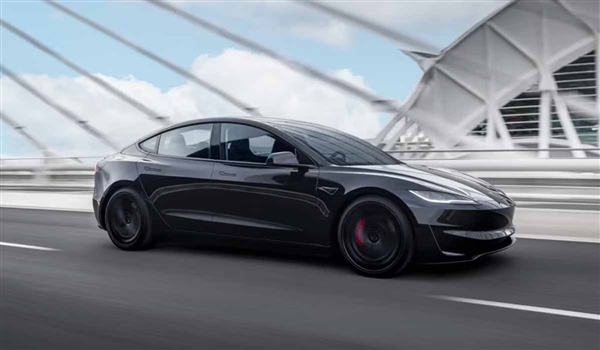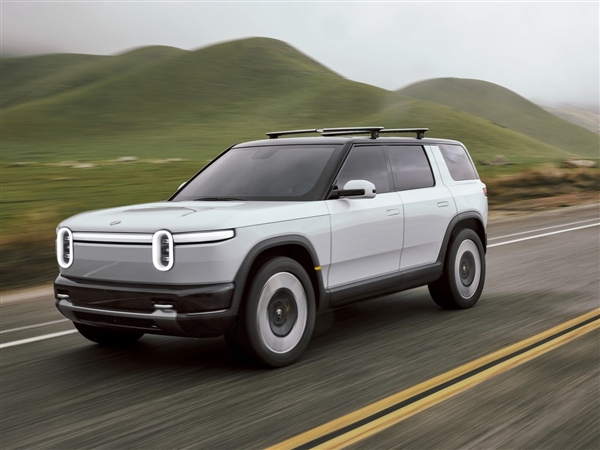June 28, 2024 –In a recent development, prominent lobbying groups within the American automotive industry have addressed a joint plea to the National Highway Traffic Safety Administration (NHTSA) and members of Congress, urging a “reconsideration” of the recently imposed Automatic Emergency Braking (AEB) regulations. These organizations argue that the stringent standards set by the government far exceed the capabilities of current technologies.
The Alliance for Automotive Innovation, representing a majority of leading automakers, has emphasized in its letter to NHTSA and Congress that the rules finalized earlier this year are “virtually unachievable with existing technologies.” The alliance lamented that industry recommendations were overlooked during the rulemaking process and requested that regulators revisit several crucial aspects to facilitate a more feasible timeline leading up to the 2029 target date.

“Regrettably, I must conclude,” wrote John Bozzella, President and CEO of the Alliance for Automotive Innovation, in his letter to Congress, “that navigating vehicles equipped with AEB systems under NHTSA’s new standards would become unpredictable, chaotic, and potentially confusing or frustrating for drivers.”
Recalling the April 2023 decision by the US Department of Transportation, the regulations mandate all automakers to incorporate AEB systems in their passenger cars, SUVs, and pickup trucks by 2029. These systems must enable vehicles to come to a complete stop from 100km/h to prevent collisions, engage automatically within 145km/h in imminent rear-end collisions, and activate braking up to 72km/h when pedestrians are detected. Furthermore, vehicles are required to detect pedestrians both during daylight and nighttime hours.
However, Bozzella highlighted that virtually no vehicle currently on the road meets these stringent criteria. Citing NHTSA’s own test data, he noted that only a single vehicle complied with the stipulated braking distance requirements.
Should these regulations take effect, vehicles equipped with AEB systems may initiate braking “well ahead of the expectations of typical drivers and other road users,” potentially escalating the risk of rear-end collisions. Additionally, vehicles are likely to become more costly due to the installation of “necessary yet expensive hardware and software upgrades.”
Indeed, current AEB systems have demonstrated limited effectiveness in collision prevention. The American Automobile Association (AAA), which has conducted years of AEB system testing, has found that these braking technologies frequently fail to live up to their advertised capabilities in various common scenarios. T-bone and left-turn collisions, accounting for approximately 40% of fatal accidents, remain largely unmitigated by AEB systems. Similarly, many AEB systems struggle to prevent vehicle-pedestrian incidents, particularly during nighttime, when their performance is nearly non-existent.
As the auto industry awaits a response from NHTSA and Congress, the debate surrounding the balance between safety advancements and technological feasibility continues to simmer.












